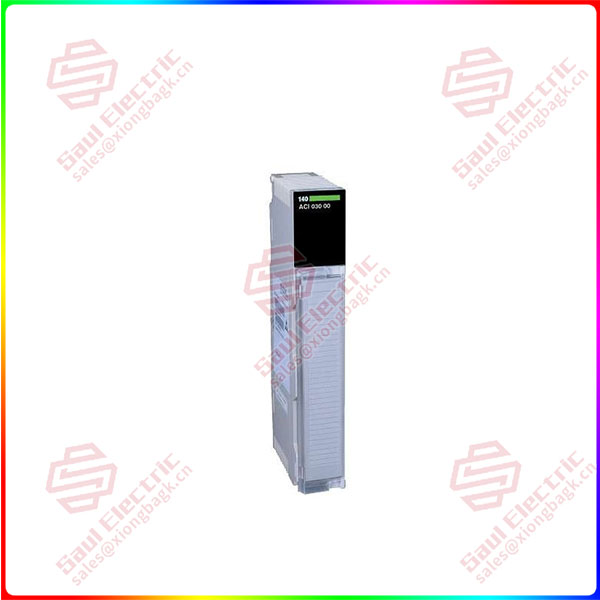“Soft rib”, why is it so difficult to “harden”?
Why is it so difficult to break through the core technology of 3D CAD? On the surface, it only goes from two to three dimensions, but the difficulty behind it is exponentially higher. The former is equivalent to building a bicycle with two wheels, the latter is equivalent to building a car with four wheels.
First, industrial software is a collection of multidisciplinary knowledge, especially 3D CAD.
The essence of CAD software is to continuously accumulate a large number of industrial design experience and software technology, highly condensed, and then through the algorithm, code precipitation, through repeated trials and verification, long-term research and development iteration. This is also why we do not see the Internet manufacturers into industrial software, after all, the difficulty of products, research and development, technology is not the same order of magnitude.
3D CAD originates from the complex design needs of high-end equipment manufacturing industries such as aviation and automobiles, and contains complex and difficult cross-disciplinary knowledge. Its technical system includes three parts: the underlying foundation and profound mathematical logic, deep and professional engineering knowledge and experience, and computer technology with heavy code.
Second, kernel development is a systematic project, but the market is limited.
Geometric modeling engine (or kernel) is the core technology of 3D CAD software. The development of the kernel is a systematic project, which has high requirements for functional integrity, product stability, capability boundary, technology componentization, etc., while supporting parametric modeling, it also has good compatibility and scalability. This is an extremely difficult challenge and test for the product, research and development, and technology of the kernel team.
But the total value of the kernel market is not high. Lin Xueping, author of A Brief History of Industrial Software, once commented: “This is a niche market that you can’t find with a magnifying glass.” It is the base of the House of Gods.”

140CPU31110
If it exists as an independent product, it is often difficult to survive because the market is too narrow, even the two internationally renowned kernel products, and eventually put into the arms of Siemens and Dassault and other rich families. This kind of realistic consideration is also the reason why most domestic manufacturers are still unable to make up their minds to tackle the problem.
Third, there is a shortage of versatile talents who understand industry and software.
Zhao Minzeng, president of the Institute, said, “Engineers who have no industrial knowledge, no manufacturing experience, and only learn computer software cannot design advanced industrial software.” In addition, unlike most C-end products, industrial software is easy to modularize and can carry out water-based division of labor, and the technical development of the core requires high interdisciplinary composite ability and overall system thinking ability of R & D personnel. This can be seen from the shortage of high-end talents in industrial software. According to CCID’s Key Software Talent Demand Forecast Report, by 2025, the industrial software talent gap will reach 120,000, and industrial software will become one of the areas with the highest talent shortage.
Fourth, scene application is still the key, and industrial ecology needs to be developed.
People who understand the history of industrial software development will find that overseas industrial software giants almost come from industrial powers. The industrial software of Dassault and Siemens originated from the military and aviation needs in the early days, and has evolved over the years to become the two hilltops of today’s CAD field.
On the surface, what enterprises buy is the “shell” of industrial software, but in fact, it is the “core” of the long-term precipitation and internalized industrial process experience of buying software. A strong industrial system and a large number of users for industrial software feedback is very critical. Lack of large-scale application of real scenarios such as enterprise production and manufacturing, software will be difficult to polish iterative maturity.
To sum up, it is not difficult to find that 3D CAD is not only a single breakthrough in technology, but also a system engineering involving engineering knowledge and real scene feedback.
 1 Year Warranty
1 Year Warranty





